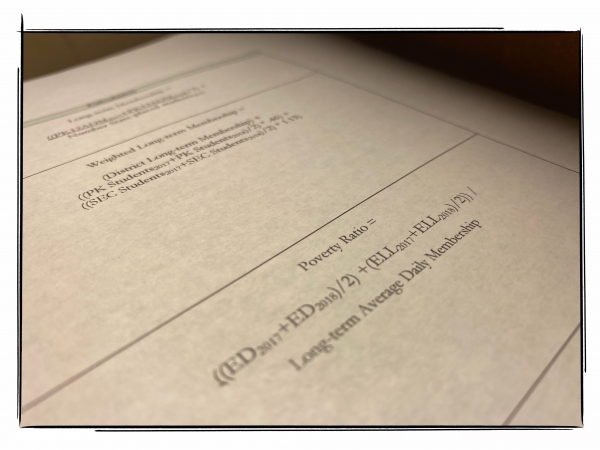Our Vermont legislators recently commissioned a state-of-the-art study to investigate how best to apportion funds to schools equitably. Unfortunately for the students of Vermont, it detailed serious inequities in school funding.
This study unveiled an outdated distribution of funds to its districts. For 20 years, the tax structure in Vermont has skewed away from fully supporting our most vulnerable students and families.
Nearly 60 percent of Vermont schools have been underfunded, leading to higher tax rates, fewer educational resources, and lasting scars on our kids. The deepest scars are in the poorest school districts.
The University of Vermont–based Pupil Weighting Factors Report commissioned by the Legislature provides mathematical and scientific evidence that many Vermont schools have been deprived of the resources they need to educate their children who need the most. We believe our legislative leadership needs to act immediately to correct this inequity.
There is unanimous agreement that the work of UVM Professor Tammy Kolbe and her research team has accurately described the inequity. On Jan. 22, former Senate Committee on Education Chair Phil Baruth agreed that Vermont's less affluent and rural districts have been “underfunded substantially for decades.”
Recognizing this fact, last year his committee passed a bill calling for immediate action to treat this massive wound to our children.
Speaking to the issue of the inequities defined in the study, Secretary of Education Dan French stated recently that the current pupil weights - the system to equitably distribute education money to a school district based on the challenges faced by students within that district - “likely [...] were developed outside of any empirical evaluation. The study has described new weights that are grounded in solid empirical modeling. We should endeavor to utilize a weighting system that is based on defensible, mathematical analysis.”
In a response to comments in the House Education Committee characterizing pupil weighting as “a thread” and “a sliver” among the complex issues of education funding, Dr. Kolbe pointed out that pupil weights are the only part of the funding system that addresses the demands of the Brigham decision for taxpayer equity.
“We are not adjusting for differences in cost across districts,” she stated. Using the current non-empirical weights clearly violates the letter of the Brigham decision and the values of Vermonters.
* * *
There is concern that correcting pupil weights in this dynamic COVID-19 legislative session could create significant instability in the funding of our education system.
On the other hand, now might be a good moment to change this specific aspect of the funding system, when we are receiving unprecedented resources from the federal government that will continue for the coming year.
It is easier to imagine instability in a year or two, when the fiscal flexibility currently enjoyed by districts due to federal COVID-19 relief and recovery grants will have gone.
* * *
Our funding system, while difficult to understand, is admired across the nation as an effective method of resolving the complex issues around supporting public education.
Some Vermonters ask, “Why merely tinker with our current education funding formula?”
Although there is a new report and renewed effort to change school funding from a property-tax base to an income base, that work has been politically obstructed for decades. The underlying array of forces in opposition remains in place and is likely to delay progress on a major overhaul.
Is it fair to let our most underfunded schools continue to decay and our rural and poor children continue to fall behind their more affluent peers while legislators undertake a massive restructuring of the whole system? Which would be more destabilizing?
We know the Agency of Education and the Joint Fiscal Office have talented staff with the experience to rewrite the formulas in a very short time. Dr. Kolbe's report includes sound models for fixing this problem, and she has offered support.
This implementation is not complicated. By not openly exploring the requirements of implementation, leaders of the Legislature and Secretary French cannot really know what it would take.
We have been cautioned about pushback from districts whose tax rates have been lower for decades due to the inaccurate weights we have been using. Should this be reason enough to keep us from righting a wrong? Equity should be a shared goal for all Vermonters. Our children deserve equal educational opportunities no matter where they live.
Please contact your senators and representatives and urge them to get a revised and equitable pupil weighting system implemented this year.
